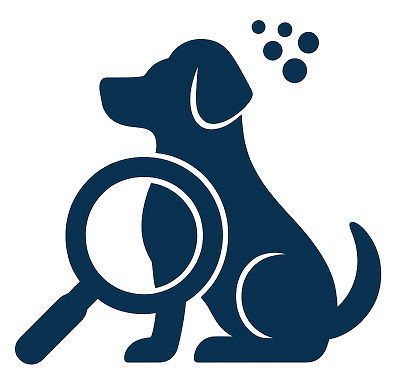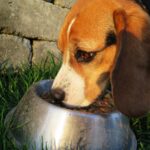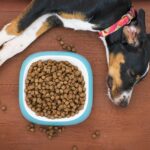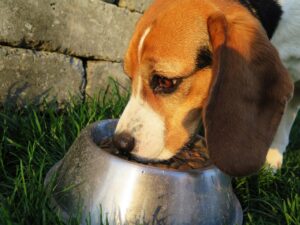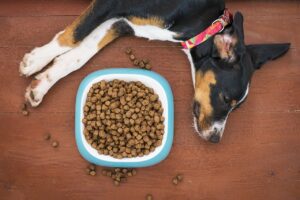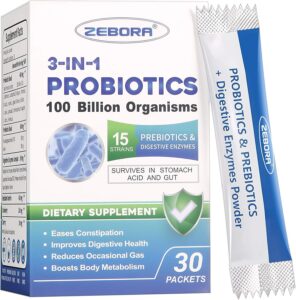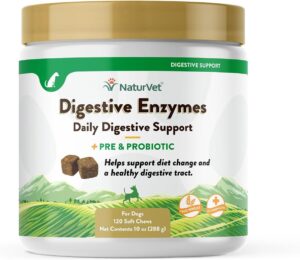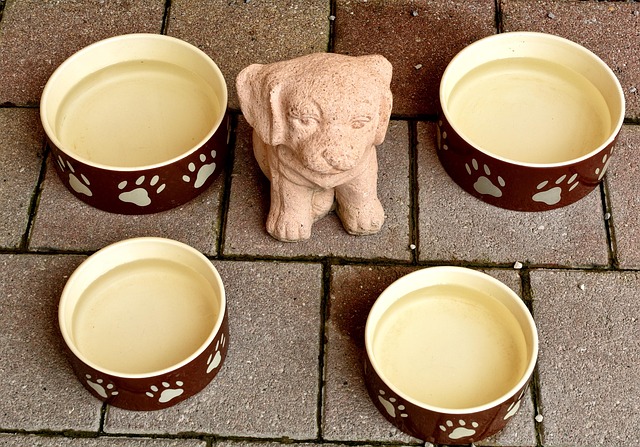
Feeding your dog the right amount of food is crucial for maintaining their health and well-being. The amount of food a dog needs can vary based on several factors, including their age, weight, activity level, and overall health. This article will provide a comprehensive feeding chart by weight to help you ensure your furry friend gets the optimal nutrition they need.
Understanding Dog Nutrition Basics
Before diving into the feeding chart, it’s important to understand the basics of dog nutrition. Dogs are omnivores, meaning they require a balanced diet consisting of proteins, fats, carbohydrates, vitamins, and minerals. Proteins are essential for muscle development and repair, fats provide energy, and carbohydrates offer essential nutrients and fiber for digestion.
Factors Affecting Dog Feeding Requirements
Age
Puppies require more calories than adult dogs due to their rapid growth and development. Senior dogs may need fewer calories due to decreased activity levels.
Activity Level
Active dogs, such as working breeds or those regularly participating in sports, require more calories than less active or sedentary dogs.
Health Status
Dogs with specific health issues may need tailored diets. Always consult a veterinarian for advice tailored to your dog’s individual health needs.
Dog Feeding Chart by Weight
The following feeding chart provides a general guideline for the amount of food to feed your dog based on their weight. Keep in mind that the type of food (dry kibble, wet food, homemade diets) can affect the quantity required. Always check the specific feeding instructions on your dog’s food packaging and consult with your veterinarian for personalized advice.
| Dog Weight (lbs) | Daily Caloric Intake | Cups of Dry Food (approx.) |
|---|---|---|
| Up to 10 lbs | 200 – 275 calories | 1/2 – 3/4 cup |
| 10 – 20 lbs | 275 – 400 calories | 3/4 – 1 1/4 cups |
| 20 – 30 lbs | 400 – 575 calories | 1 1/4 – 1 3/4 cups |
| 30 – 40 lbs | 575 – 775 calories | 1 3/4 – 2 1/4 cups |
| 40 – 50 lbs | 775 – 975 calories | 2 1/4 – 2 3/4 cups |
| 50 – 60 lbs | 975 – 1150 calories | 2 3/4 – 3 1/4 cups |
| 60 – 70 lbs | 1150 – 1350 calories | 3 1/4 – 3 3/4 cups |
| 70 – 80 lbs | 1350 – 1500 calories | 3 3/4 – 4 1/4 cups |
| 80 – 90 lbs | 1500 – 1700 calories | 4 1/4 – 4 3/4 cups |
| 90 – 100 lbs | 1700 – 1900 calories | 4 3/4 – 5 1/4 cups |
Tips for Optimal Feeding
Consistent Meal Times
Establishing regular feeding times helps regulate your dog’s digestion and can assist with house training. Most dogs do well with two meals per day.
Monitor Weight and Adjust
Regularly monitor your dog’s weight and body condition. Adjust their food intake accordingly to prevent obesity or malnutrition.
Quality of Food
Choose high-quality dog food that meets the nutritional standards set by organizations like the Association of American Feed Control Officials (AAFCO). Premium foods often contain higher quality ingredients and fewer fillers.
Transitioning Foods
When changing your dog’s diet, do so gradually over a week to avoid digestive upset. Mix a small amount of new food with the old food, gradually increasing the new food’s proportion.
Special Considerations
Puppies
Puppies require more frequent feeding, typically three to four times a day until about six months old. Afterward, you can transition to two meals per day.
Senior Dogs
Senior dogs may benefit from a diet lower in calories but higher in fiber to support a slowing metabolism and digestive health.
Breed-Specific Needs
Certain breeds have unique dietary requirements. For example, large breeds may benefit from diets that support joint health, while small breeds may need calorie-dense foods.
Conclusion
Feeding your dog the correct amount of food is fundamental to their health and longevity. By following a feeding chart based on your dog’s weight and adjusting for their individual needs and lifestyle, you can help ensure they receive the proper nutrition. Always consult with your veterinarian for guidance tailored to your dog’s specific health and dietary requirements.
Remember, the feeding chart provided is a general guideline. Each dog is unique, and factors such as metabolism, health status, and activity levels can affect their dietary needs. Regular veterinary check-ups and monitoring will help you maintain your dog’s optimal health and well-being.
#ChatGPT assisted in the creation of this article.
